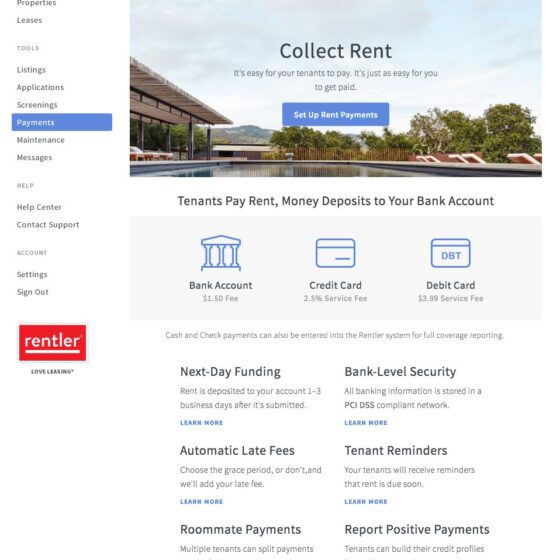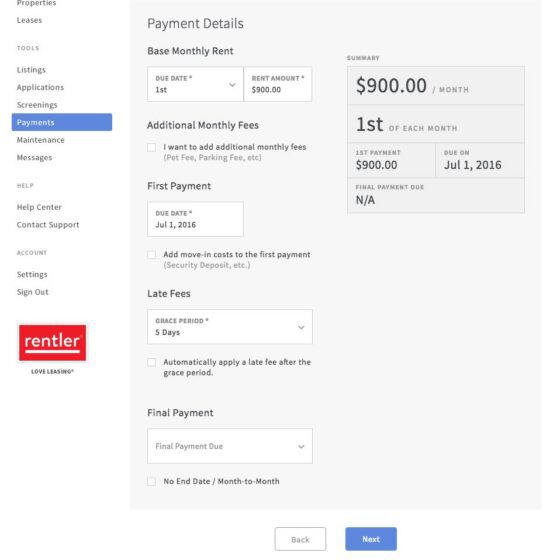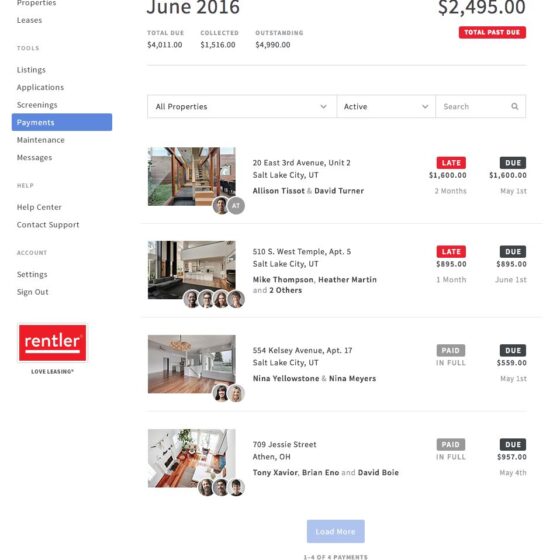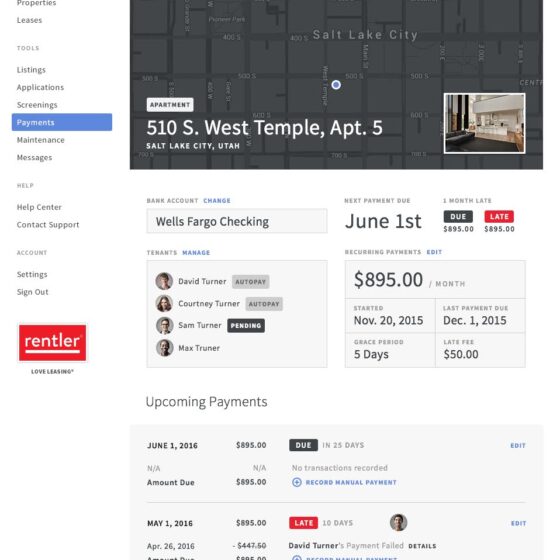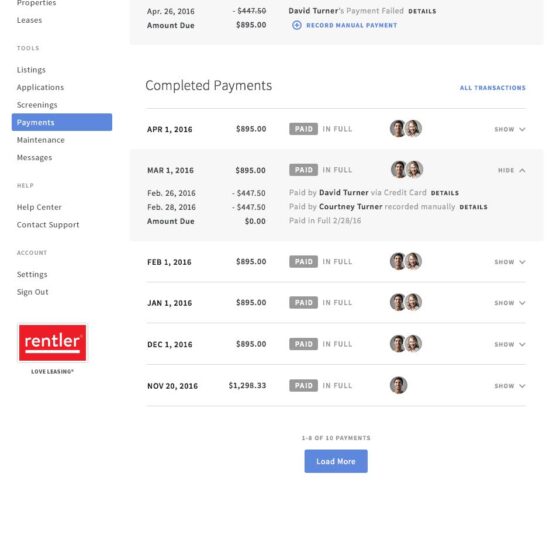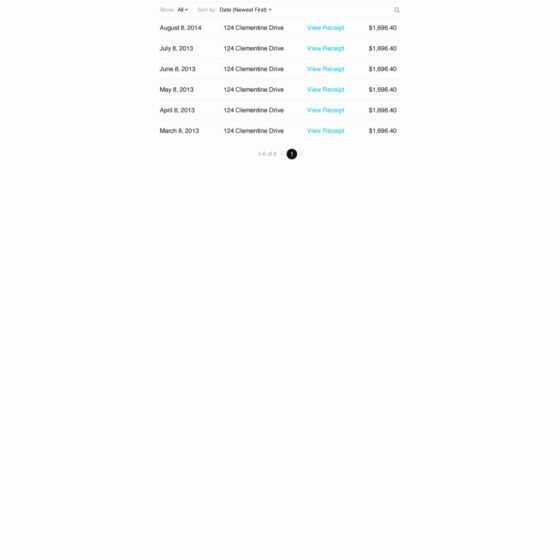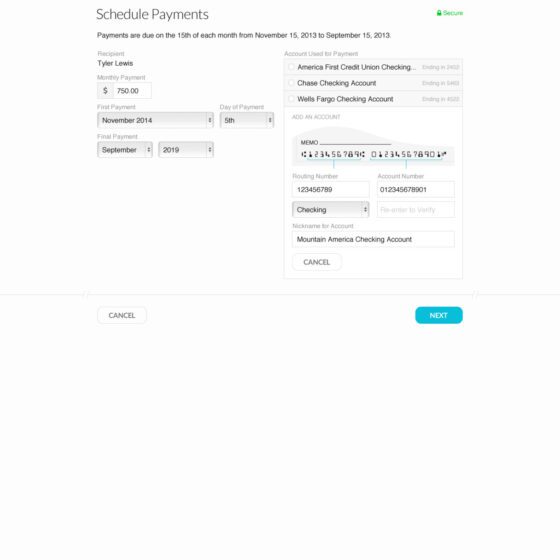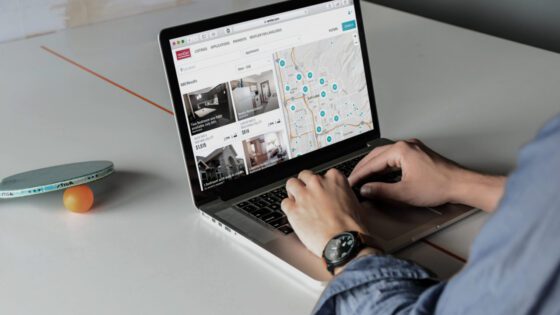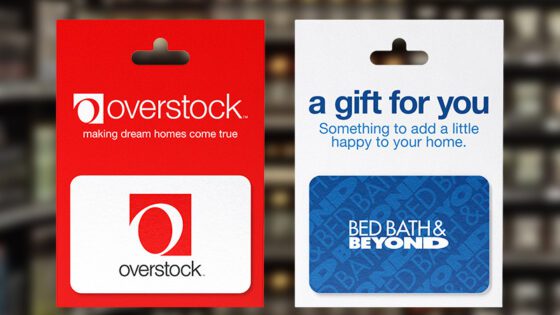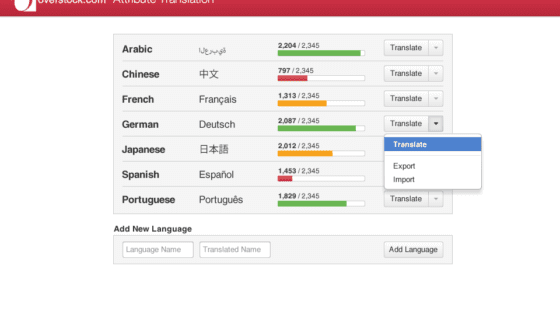Project Overview
In 2013, Rentler set out to revolutionize the online rent payment process with a new, user-centric payment system. As part of this launch, I played a crucial role in defining the user requirements, conducting usability testing, iterating on wireframes, and collaborating closely with development teams to bring the design to life. This case study highlights the evolution of the design, showcasing both the original style guide from 2013 and updates made in 2016 to refine the user experience.
The Challenge
Rentler needed a seamless, intuitive platform to allow tenants and landlords to easily manage rent payments online. The primary challenge was creating a system that catered to a variety of users, ensuring both functionality and simplicity without compromising security or performance. We needed to gather user requirements, design workflows, and create a visual identity that was clear, accessible, and aligned with Rentler’s overall brand.
My Role
As part of the core design team, I was responsible for the following:
✅ Defining User Requirements: I collaborated with stakeholders and end users to gather insights, ensuring that the system met all user needs and pain points.
✅ Wireframing & Prototyping: I created wireframes and interactive prototypes to test various design solutions, iterating based on user feedback to improve the overall experience.
✅ Usability Testing: I led usability testing sessions, refining the interface based on real user feedback to ensure ease of use and accessibility.
✅ Collaboration with Development: Once the design was finalized, I worked closely with the development teams to ensure the prototype was smoothly integrated into production.
✅ Design Evolution: After the system was launched, I also played a key role in updating the design, transitioning from the original 2013 style guide to the more polished 2016 visual identity.
Approach & Solution
1. User-Centered Design & Testing
- Goal: Create an intuitive and easy-to-use payment platform for both tenants and landlords.
- Solution: I began with user research and interviews, gathering insights from both tenants and landlords about their experiences with online payments. This informed the development of wireframes that focused on key user tasks like paying rent, setting up recurring payments, and managing payment history. These wireframes evolved through several rounds of usability testing, allowing us to refine the experience based on real-world feedback.
- Outcome: The design ultimately provided a smooth, efficient process for users, resulting in high user satisfaction and decreased friction in completing rent payments.
2. Collaboration & Iteration
- Goal: Ensure seamless integration of the design with Rentler’s back-end systems.
- Solution: After the wireframes were approved, I worked closely with development teams to translate the design into a fully functioning prototype. We engaged in ongoing collaboration throughout the production process, iterating on the design to accommodate technical constraints while ensuring a user-friendly interface.
- Outcome: The integration into production was smooth, with no disruptions to the payment process and the final product being robust and scalable.
3. Design Evolution & Modernization
- Goal: Update the platform design to match Rentler’s evolving brand identity while improving the user experience.
- Solution: In 2016, we revisited the platform’s design to refresh the user interface and incorporate a more modern aesthetic that aligned with Rentler’s updated brand guidelines. This included cleaner typography, a streamlined color palette, and more intuitive navigation.
- Outcome: The updated design gave the platform a polished, modern look while improving user engagement and ease of use.
Results & Impact
✅ Seamless User Experience: The new rent payment platform was highly intuitive, leading to an increase in adoption rates by tenants and landlords.
✅ Reduced Payment Errors: The system’s clear interface and intuitive design reduced mistakes during the payment process, ensuring more reliable transactions.
✅ Increased Efficiency: Tenants and landlords experienced faster, more efficient payments, with features such as recurring payments and payment history improving workflow and reducing manual tracking.
✅ Long-Term Success: The design evolution between 2013 and 2016 demonstrated Rentler’s commitment to continuous improvement and adaptability, keeping the platform current and in line with user expectations.
